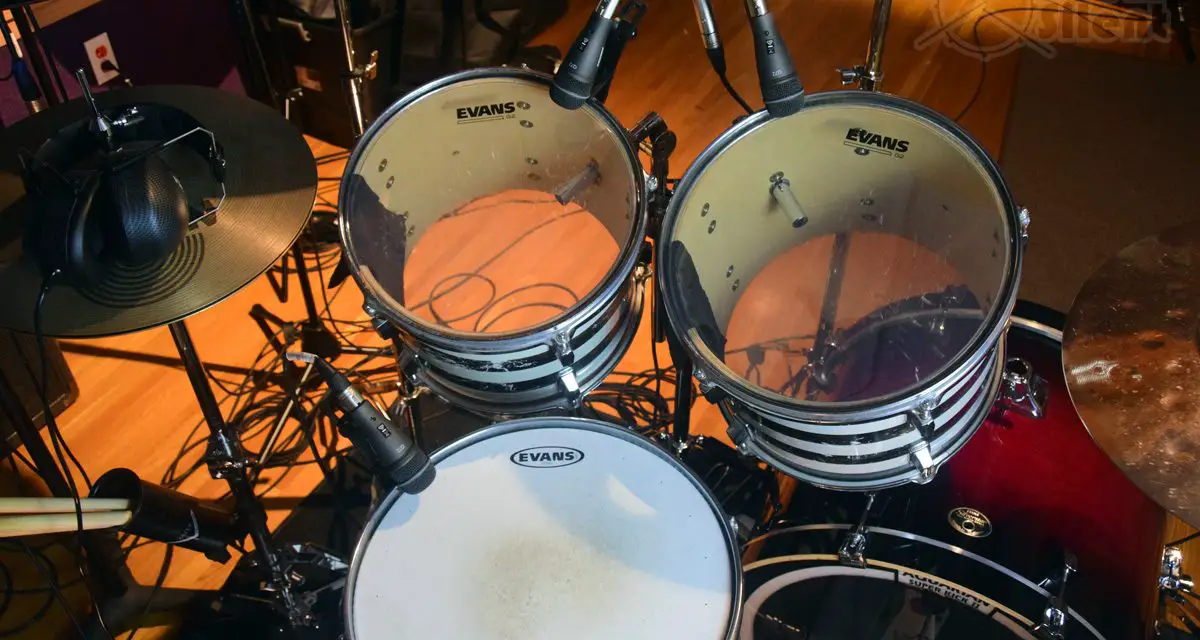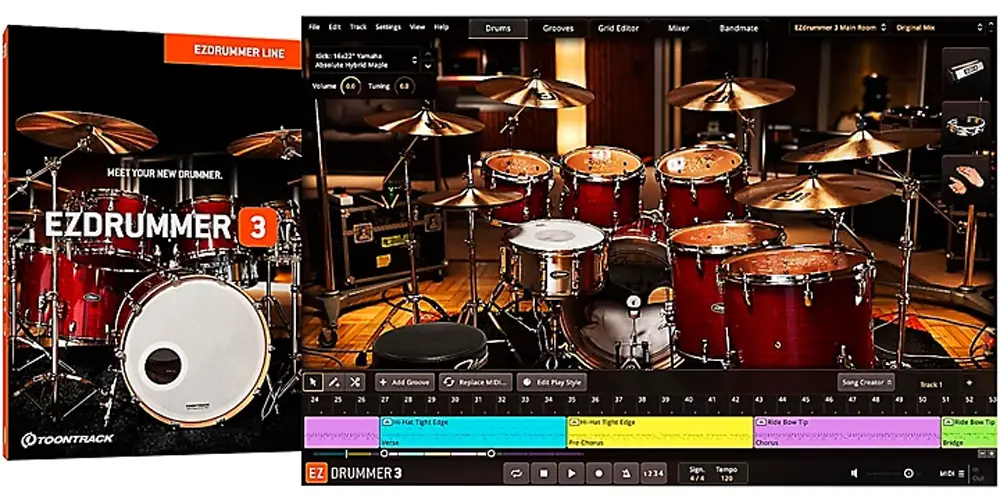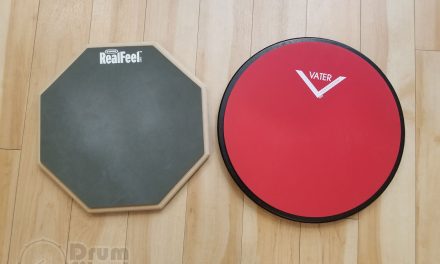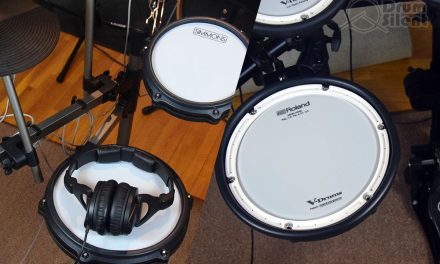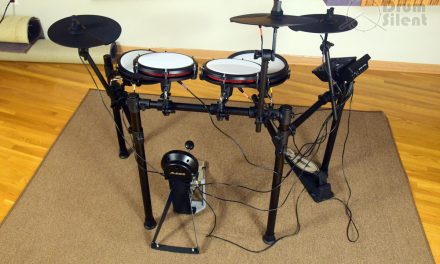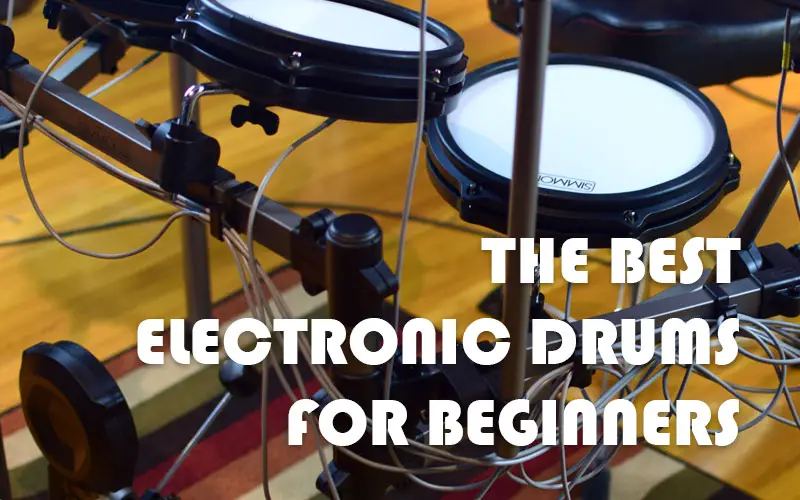Electronic drums can sound like real drums, but there are some key factors that will help the sound of an electronic drum kit sound more convincingly like an acoustic drum kit. Not all drum modules and electronic drum kits are equal in this regard, so let’s take a look at the factors to watch out for.
Electronic Drum Kits vs. “Real” Acoustic Drum Kits
One thing we’d like to mention is that often in online discussions about drums we see acoustic drums referred to as “real” drums when being compared to electronic drums. We feel that it’s better to refer to acoustic drums as acoustic drums rather than real drums. Electronic drums are just as real as acoustic drums, even if they generate sounds a differently. It’s kind of a minor semantic thing, but we like to stick to terminology that doesn’t insinuate that electronic drums are fake drums when they have their own unique capabilities and are used just as legitimately as acoustic drums both on stage and in the studio.
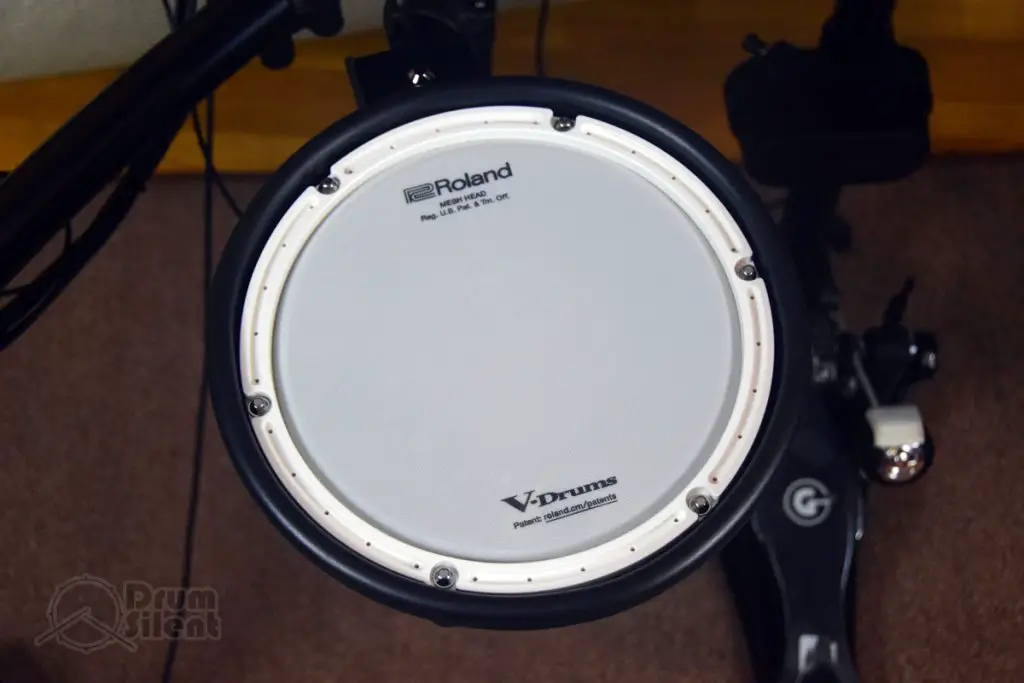
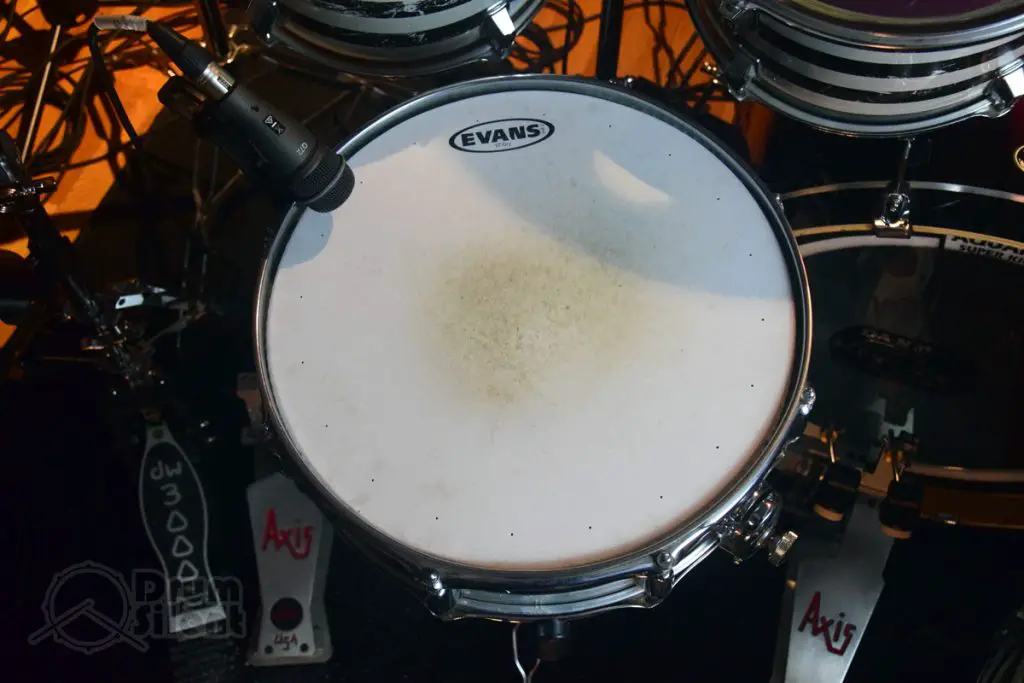
Drum Sample Quality
At the most basic level, a drum module with high-quality, studio recorded drum samples is a good place to start. Pretty much all drum kits at most price ranges will have decent quality drum samples these days, but some do it better. Some manufacturers go out of their way to record new samples for their newer drum modules, using highly regarded drum kits in studio environments. Simmons and Roland are two good examples of manufacturers that have recently stepped up the game on their sound samples in even their cheaper drum modules.
Compression, Reverb and Panning Options
Beyond the actual sound samples, there are some other sound design features that can help an electronic drum kit sound more like and acoustic drum kit. If you’re drum module has built in sound effects such as EQ, compression and reverb along with panning sounds left/right, you’ll be able to use those effects to give the drum sounds a little more of a naturally recorded sound.
Dry drum kit sounds without any room ambience can sound unnatural. Reverb can go a long way, when used carefully, to add some room ambience to an otherwise dry sounding kit. Some drum modules simulate mic placement on acoustic drum kits, and can allow you to mix in a room mic that makes the kit sound more acoustically natural overall.
Compression isn’t going to make drum samples sound more acoustic on their own, but can be used to gel the sounds in an electronic kit to make them feel like sounds around the kit are having a dynamic effect on each other, which is a characteristic of recorded acoustic drums.
Panning can help an electronic drum kit sound more like an acoustic drum kit by placing the sound from left to right on the sound spectrum in the same locations that you’d expect to hear them with an acoustic kit.
Basic Volume Dynamics
The ability to play with decent volume dynamics can help an electronic drum kit sound more like an acoustic kit. By just simply being able to play the drum sounds at varying volumes, you can create more natural sounding drum tracks that sound closer to what you’d hear coming from an acoustic drum kit. If you keep you volume dynamics squashed to the point where softer hits on the pads don’t sound any more quiet than a harder hit, you’ll remove your ability to play the drum sounds dynamically like an acoustic drum kit.
Sample Variation Along with Volume Dynamics
What do we mean by “sample variation with volume dynamics”? Some drum modules, especially the more expensive modern modules, use multiple drum samples throughout the volume range to better simulate the dynamic range of acoustic drums.
Let’s use the snare sound to explain this further. If you simply record a single basic snare hit on the head of the drum, you can use that sample and change the volume to simulate hitting the snare harder or softer. That won’t be as convincing as an acoustic drum during playback, though, since it will be the exact same sound every time you hit the snare drum regardless of force and volume.
This can sound unnatural when you are wanting to use a lot of ghost notes, rolls, or if you want to simulate harder hits on the snare such as rim shots. You might hear this referred to as the machine-gunning effect when discussing electronic drums.
What can make your snare sound a lot more natural on an electronic drum kit is to actually record the snare drum being hit at varying volumes, and then only play back the appropriate sound sample depending on how hard the pad is hit. This means that when you hit the snare pad softly, it will play a snare sample of a very soft strike on the drum head, or when you strike a snare pad with a harder rim shot, it will play back an actual rim shot sound with somebody whacking the snare with a good rim shot.
The drum modules that offer that type of sound variation throughout the dynamic range will sound much more natural and more similar to and acoustic kit during play.
Multiple Zones on Drum Pads
The ability to generate more variations on sounds around the kit can help make it sound more like an acoustic drum kit during play. Some drum kits are lacking in extra zones, especially on the cymbal pads, which can contribute to a less natural sound.
For example, if your cymbal pads only have one zone, you won’t be able to make separate edge or bow sounds. Every hit on the cymbal pad will generate the same type of sound with less variation. The ride cymbal is usually one of the bigger factors here. A ride cymbal that can generate sounds from the bow, edge and the bell is ideal for translating what an acoustic ride cymbal would sound like during play.
The snare is another good example. Some cheaper snare pads might only have two zones, the head and the rim. Hitting the head generates one sound and hitting the rim generates another, maybe a cross stick or a rim shot depending on how hard you hit it. But if you have a snare pad that can generate a head sound on the head, a cross stick on the rim, and a rim shot when hitting both the head and rim with a harder strike, you’ll get a more natural playback experience that is more similar to an acoustic snare, and it will sound more convincing to listeners as well.
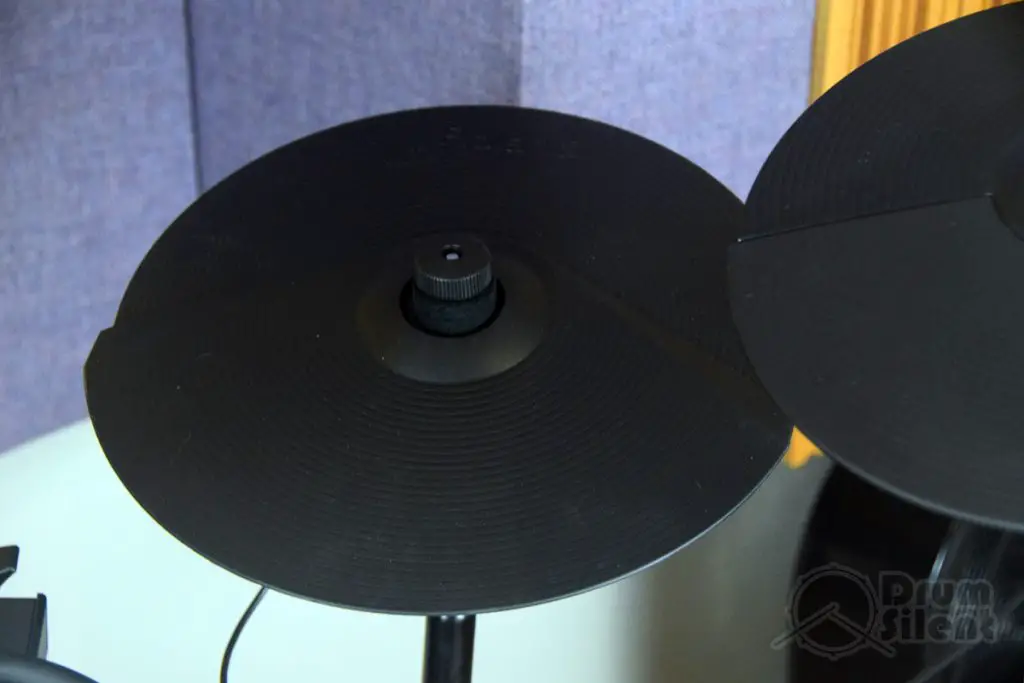
Drum Software
Even if you are in a situation where you don’t feel like your drum module is giving you a convincing acoustic sound, you can turn to the world of drum software. EZ Drummer is a good example of this. This software gives you access to a lineup of studio recorded acoustic drums and the results are very convincing. You can control the software via MIDI with your electronic drum kit, and it even works with most cheaper or budget electronic drum kits as long as they can transmit MIDI from the drum module.
And Last But Not Least – The Skill of the Drummer
I’ve spent a good amount of time watching varying levels of drummers play on all types of electronic drum kits, whether that’s in YouTube videos, live demos or live shows. Drummers that are much better than myself, basically. And you know what? Even a great drummer can make some of the cheaper electronic drum kits sound convincingly like acoustic drum kits. A lot of the time it just comes down to being able to play with good groove, control and dynamics in order to bring out the best of an electronic drum kit and to make it sound more like an acoustic kit.
So, at the end of the day, it comes down to having a combination of a good sound module with some dynamic variation in samples, responsive pads and a sufficient drummer behind the kit if you are trying to make an electronic drum kit sound more convincingly like an acoustic kit. If you get the right combination of all three, you can be really surprised with the results.

